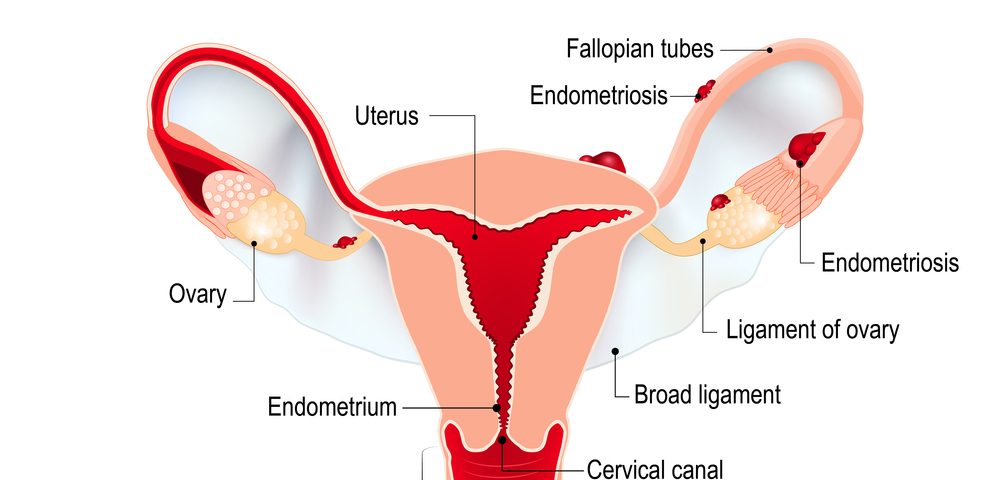Fewer than 50 percent of women with bladder deep infiltrating endometriosis (DIE) also carry a condition known as adenomyosis — the growth of endometrial cells into the muscle wall of the uterus. According to a recent study, that suggests other causes for this rare form of bladder endometriosis.
The study, “Anterior Focal Adenomyosis and Bladder Deep Infiltrative: is There a Link?” was published in the Journal of Minimally Invasive Gynecology.
Researchers evaluated 39 women with bladder DIE to determine a possible link to adenomyosis. They looked specifically at the anterior focal adenomyosis of the outer myometrium, or aFAOM. The myometrium is the middle layer of the uterine wall, made up mostly of muscle cells.
The study participants all had proven bladder DIE and underwent magnetic resonance imaging (MRI) before surgery to remove all endometriotic lesions.
Patients were divided into two groups, according to the presence of aFAOM: 19 patients with bladder DIE also had signs of aFAOM (shown by preoperative MRI), and 20 patients did not have aFAOM.
Researchers then compared each group for general characteristics, medical history, MRI findings, and disease severity.
The analysis showed that bladder deep infiltrating endometriosis associated with aFAOM had no significant impact on endometriosis patients’ painful symptoms or infertility.
When compared to patients without aFOAM, the presence of aFOAM was linked significantly to a lower rate of ovarian endometrioma – 40 percent vs. 10.5 percent, respectively.
The aFOAM-positive patients also had fewer gastrointestinal (GI) lesions (26.3% vs. 75%) and a decrease in the extent of endometriosis, as shown by a lower total score on the American Society for Reproductive Medicine (ASRM) classification.
Overall, “aFAOM is present in only half of women with bladder DIE and appears to be associated with lower associated posterior DIE,” researchers wrote in the study.
These results support the theory that other conditions besides aFAOM probably are involved in bladder deep infiltrating endometriosis, the study concluded.

